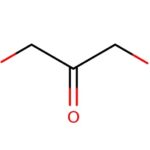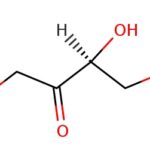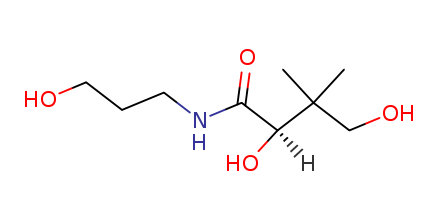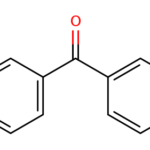1. Introduction
Tranexamic acid, also known as tranexamic acid or tranexamic acid succinate, is a drug that mimics the mechanism of action of the neurotransmitter acetylcholine. This drug is used to treat disorders related to acetylcholine. Tranexamic acid succinate is routinely used as an excipient in various pharmaceutical formulations and as such is essential as a key component in basic clinical studies of this drug.
Tranexamic acid is a synthetic analgesic commonly used to treat pain and inflammation in a number of clinical conditions, including rheumatoid arthritis, osteoarthritis, gout and inflammatory bowel disease.
Tranexamic acid is a synthetic analgesic commonly used to treat pain and inflammation in a number of clinical conditions, including rheumatoid arthritis, osteoarthritis, gout and inflammatory bowel disease.
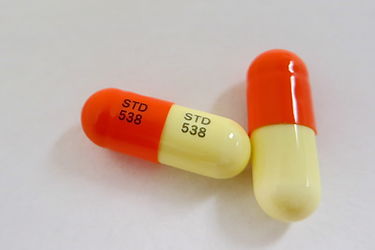
Tranexamic acid is related to the naturally occurring amino acid trinodole (found in the human diet). Tranexamic acid is a prodrug of glucosinolate (a chemical compound derived from plants or animals), which means that it requires metabolic activation before it can be absorbed by the body. Tranexamic acid has been shown to be effective in relieving pain associated with inflammation, arthritis, gouty arthritis and osteoarthritis. It has also been shown to reduce pain in inflammatory bowel disease and rheumatoid arthritis. It’s also been shown to have an anti-inflammatory effect in other conditions such as gout and osteoarthritis.
The mechanism of action of tranexamic acid may involve inhibition of cyclooxygenase-2 (COX-2) enzymes involved in the synthesis of prostaglandins (prostaglandins are signalling molecules that have a variety of effects in the body). Prostaglandins are involved in many physiological processes, including inflammation, tissue repair and immune function.

2. What is tranexamic acid?
Tranexamic acid is a medicine used to treat acute pancreatitis, a type of inflammation of the pancreas. Pancreatitis can cause abdominal pain and cramps, and it can also lead to infection spreading throughout the body. As well as being used for acute pancreatitis, tranexamic acid is also used to treat multiple sclerosis, which affects a person’s motor skills, balance and coordination.
Although tranexamic acid is approved for use in certain diseases and conditions, it’s not widely prescribed in the United States. In fact, many people don’t even know it exists because there aren’t many mainstream resources discussing the drug. The drug has been around for some time; however, due to its extreme purity and lack of side effects, most people don’t know that it is now available for purchase on the internet as well as over the counter.
Although tranexamic acid is approved for use in certain diseases and conditions, it’s not widely prescribed in the United States. In fact, many people don’t even know it exists because there aren’t many mainstream resources discussing the drug. The drug has been around for some time; however, due to its extreme purity and lack of side effects, most people don’t know that it is now available for purchase on the internet as well as over the counter.
3. What is tranexamic acid used for?
Tranexamic acid (TRAXA) is an FDA-approved drug used to treat a variety of inherited neurological disorders such as autism, multiple sclerosis, and Alzheimer’s disease. Tranexamic acid is an acetylcholinesterase inhibitor that acts as a positive allosteric modulator at the nicotinic acetylcholine receptor.
Tranexamic acid has been shown to be effective in treating patients with selective serotonin reuptake deficiency; migraine headaches; and multiple sclerosis. In these diseases, there is a reduction in the number of acetylcholinesterase enzyme molecules in the brain.
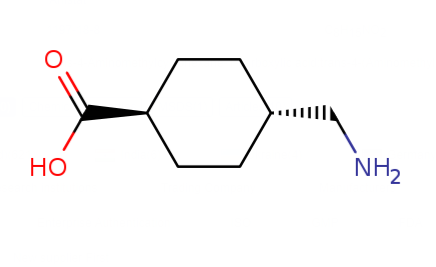
4. How does tranexamic acid work?
Tranexamic acid is a drug used to treat kidney diseases. It is also used as a pain treatment, and in the treatment of cancer. Tranexamic acid works by attaching itself to certain proteins in our body and preventing them from being broken down. This helps to prevent the body from having an excess of calcium in the blood stream and kidney stones.
Tranexamic acid can be taken by mouth or injected into your bloodstream through a needle. Tranexamic acid can also be taken by injection into your veins, or it may be placed directly under your skin.
5. Tranexamic acid side effects
Tranexamic acid or Triclabendazole is a compound that is used to treat diseases of the heart like angina, hypertension and post-heart bypass surgery. It is a non-steroidal anti-inflammatory drug that works by restricting the production of prostaglandin in the body.
In women, it is also used for prevention of vaginal bleeding during pregnancy . Trace amounts of tranexamic acid are found in urine, semen, saliva and breast milk.
It is recommended to take one tablet daily with or without food, preferably at night before going to bed.
6. Conclusion
Tranexamic Acid is a prescription drug used for the treatment of pain. It is a nonsteroidal anti-inflammatory drug (NSAID) that can be given orally or by injection. It works by blocking the inflammatory response.
Tranexamic acid is the generic version of Tramectin, which is also known as Ketamine. Tranexamic acid was developed by Abbott Laboratories in 2002 and approved for use in 2004.
Related Products







